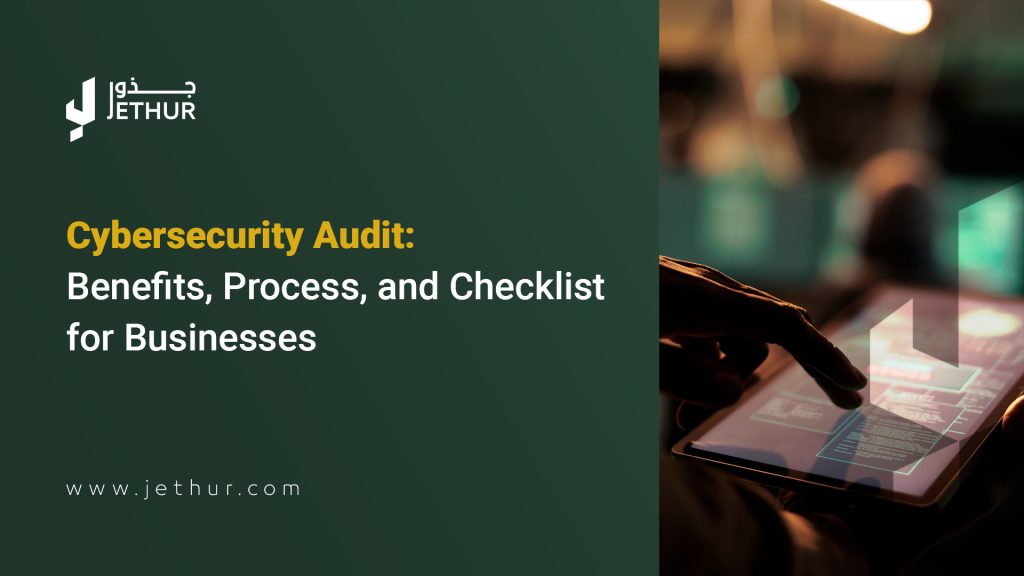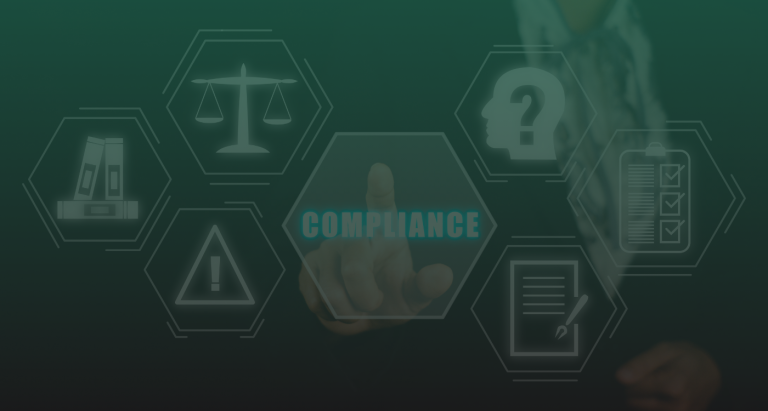
Failing to protect your organization’s data does not just expose you to cyberattacks; it can also result in fines, legal action, and lasting reputational damage. Businesses of all sizes are increasingly held accountable when security weaknesses lead to data breaches or non-compliance. In many cases, costly incidents originate not from a lack of resources but from overlooked vulnerabilities, outdated controls, or gaps in compliance.
A cybersecurity audit helps prevent these risks. It provides a structured review of your security measures to identify weaknesses before attackers or regulators do.
What is a cybersecurity audit?
A cybersecurity audit is a structured evaluation of your organization’s security measures, policies, and practices. Its goal is to assess how effectively you protect sensitive data and digital assets, and to identify any gaps that could lead to a breach or compliance failure.
Unlike a simple vulnerability scan, a cybersecurity audit takes a comprehensive look at both technical controls and business processes. It reviews areas such as:
- Access controls
- Network security
- Data protection policies
- Incident response readiness
- Compliance with applicable standards
Ultimately, a cybersecurity audit gives your business a clear picture of where you stand and what actions are needed to reduce risk and avoid penalties.
Why do regular cybersecurity audits matter?
Simply because everything is constantly evolving, organizations, technologies, cyberthreats, and regulations. As these elements change, organizations need to stay up to date to protect their data, operations, and reputation. A cybersecurity audit plays an important role by providing a structured, thorough review that helps identify weaknesses before attackers exploit them and before regulators impose costly penalties for non-compliance. It ensures your defenses are strong, your data is protected, and your business meets required standards.
Key benefits of regular cybersecurity audits include:
- Prevent financial losses by detecting vulnerabilities and security gaps that could lead to data breaches, ransomware attacks, or fraud.
- Ensure compliance by confirming that your organization meets legal and regulatory obligations, reducing the risk of fines and legal action.
- Strengthen customer and partner trust by demonstrating that you take data protection seriously.
- Improve business resilience by helping you prepare for and respond effectively to security incidents.
In short, a cybersecurity audit helps turn security from a reactive cost into a proactive business advantage.
Regulations and Frameworks Driving Cybersecurity Audit Needs
Audits help organizations meet global security and privacy requirements, ensuring compliance and reducing risk. Key regulations and standards include:
- ISO 27001: International standard for information security management systems
- GDPR: EU data privacy regulation
- HIPAA: U.S. regulation for protecting health information
- PCI DSS: Global standard for securing payment card data
Regular audits ensure your business aligns with these requirements, avoids penalties, and strengthens its security posture.
Cybersecurity Audit Process: Key Steps
A cybersecurity audit follows a structured process to assess your organization’s security posture and identify areas for improvement. Key steps include:
Defining the scope and objectives
Identify which systems, data, and processes will be audited based on your business needs and compliance requirements.
Collecting and reviewing documentation
Gather security policies, procedures, network diagrams, access logs, and other relevant materials.
Assessing controls and identifying vulnerabilities
Evaluate technical, physical, and administrative controls to detect gaps or weaknesses in your defenses.
Reporting findings
Document risks, non-compliance issues, and recommendations for improvement in a clear, actionable report.
Plan and implement remediation
Develop and execute a plan to address identified gaps and strengthen your security measures.
Cybersecurity Audit Checklist
A cybersecurity audit should address critical areas of your organization’s security. Here’s a focused checklist to guide the process:
- Governance & policies: Are security policies clearly defined, up to date, and communicated across the organization?
- Access control: Is access to systems and data based on the principle of least privilege, with regular reviews of permissions?
- Asset management: Are hardware, software, and data assets inventoried and protected appropriately?
- Vulnerability management: Are systems regularly patched, and is there a process for addressing known vulnerabilities?
- Data protection: Is sensitive data encrypted at rest and in transit, and are retention/deletion policies enforced?
- Incident response readiness: Is there a documented, tested incident response plan to handle breaches effectively?
- Third-party risk: Are suppliers and partners assessed for security and compliance?
- Training & awareness: Are employees regularly trained on cybersecurity best practices?
Threats, technologies, and regulations will not stop evolving. And any organization’s approach to cybersecurity should not stand still either. A cybersecurity audit is one of the most effective ways to stay ahead, helping you protect your data, maintain compliance, and build resilience in a constantly changing environment.


